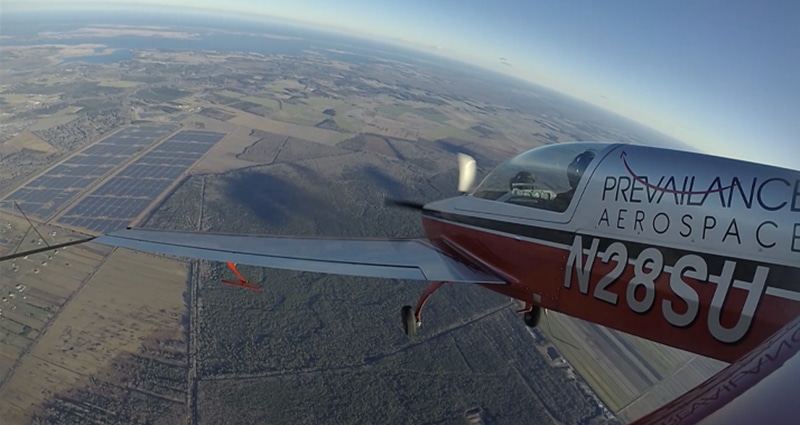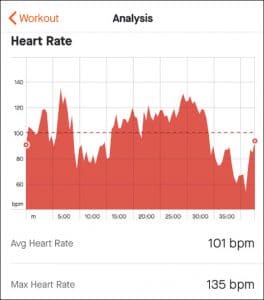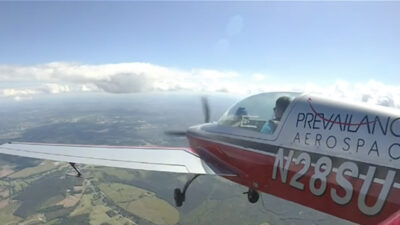2021 Is Here—Are You Ready?

The new year has begun and with it an assortment of resolutions to make ourselves better in one way or another. January is generally the month in which everyone shares those resolutions, and as a flight safety academy, we see numerous pilots interested in additional professional development events and training focused on countering loss of control-inflight (LOC-I). All great news!
More interesting than the people that make the resolutions are the ones who feel they are already prepared for anything the new year might throw at them. 2020 was certainly an unprecedented year, and actually planning for it would have been unimaginable. How could anyone conceive of the “pandemic budget” or the “working from home, next to my children plan”? It sounds ridiculous even saying them out loud, but that is what everyone managed last year.
The Power of Preparedness
This concept of preparedness has been on my mind since the middle of last year, as I met an assistant chief pilot who seemed prepared in every way. I will call him, Joe. Joe is in his 40s, clearly intelligent, an active runner and cyclist and succeeding across the board within his chosen industry. Joe embarked upon our three-day flight training program to focus on countering upsets, and he seemed incredibly—for lack of a better word—prepared. He knew his procedures and completed thorough research on managing LOC-I.
With that being said, on Day 2, he presented me with this:

This is Joe’s digital health display presented on Day 2 of training.
Joe said that his normal average heart rate is 60 beats per minute (bpm) and he was happy because it was down from an average 147 bpm during his preceding flight on the previous day. I was shocked. How could this very prepared, healthy, confident athlete and successful pilot be so stressed out during these flights? Then I recognized the issue—startle.
As described in FAA guidance on the subject, startle is the body’s physiological response to a surprise or unanticipated event. It manifests itself differently in every person, and even though Joe knew the training was coming, he was not prepared for how it would feel to be so far outside of his comfort zone. The transition from a Gulfstream to wearing a parachute in a single engine Extra is more than most pilots anticipate. In this case, Joe remained in an elevated state for the duration of his flight, from one maneuver to another. The training kept putting him into startle and he had to learn to manage it.
Here is an example of what Joe experienced during one of the turbulence recovery scenarios.
The good news is that Joe had a downward trend in his heart rate. He started at 147 bpm for the hour-long flight, then 101 bpm for the next flight and finally, on day three, he was down to a 70 bpm on average for the full hour. Although this is still 10 bpm above his normal heart rate, it was clear that he learned how to manage his own startle response throughout the duration of his training as he continued to recover from upset scenarios and spins.
Important Questions for Every Pilot
In the end, what does it truly mean to be prepared and how can everyone individually attest to their preparedness following such a unique year? Merriam-Webster defines preparedness as “the quality or state of being prepared.” Last year left every one of us—pilot or otherwise—less prepared than we anticipated. As we kick off 2021, ask yourself about your state of preparedness. If it is not where you want it to be, continue to seek new opportunities to challenge yourself, get outside your comfort zone and allow that preparedness to counter your startle response.

Prevailance Aerospace is a UPRT provider that has been working with corporate, government, and general aviation pilots to improve safety in the aviation industry. Prevailance Aerospace uses Extra 300 Series Aircraft for training and our pilots are experienced aviation professionals from various military and general aviation backgrounds. We know that successful aviation endeavors are accomplished through an uncompromising commitment to safety, impeccable professionalism, tremendous attention to detail, and constant improvement.
http://prevailanceaerospace.com
© 2024 Prevailance Aerospace. All Rights Reserved.
Next ArticleRelated Posts

Three Considerations That Set Pilots Up for Success
Constantly reviewing aviation accidents and incidents is challenging. As an instructor, it is not only the injuries and fatalities that make it hard, but the sheer magnitude of avoidable aspects of each incident. These safety reports prove that every Pilot in Command (PIC) is accountable for what transpires.

Understanding the Challenge of Turbulence-Related Injuries in Business Aviation
The challenge of managing air turbulence in business and private aviation is becoming increasingly evident due to the growing number of turbulence-related incidents affecting aircraft operators across the industry.

